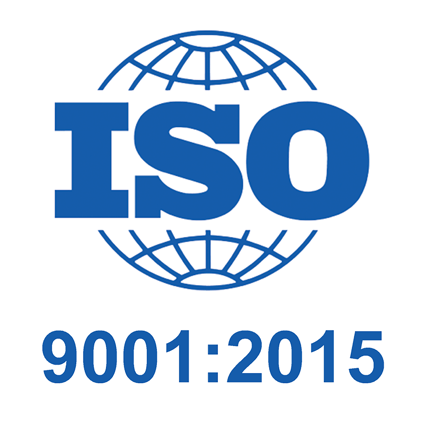Understanding ISO 9001: A Guide to Quality Management
QMS
1/17/20242 min read
ISO 9001 is a globally recognized standard for quality management that helps organizations of all sizes and sectors improve their performance, meet customer expectations, and demonstrate their commitment to quality. By implementing ISO 9001, organizations can establish, implement, maintain, and continually improve a quality management system (QMS) to deliver flawless products or services consistently.
What is ISO 9001?
ISO 9001 is an international standard developed by the International Organization for Standardization (ISO). It provides a framework for organizations to establish and maintain a systematic approach to quality management. The standard outlines a set of requirements that organizations must meet to achieve certification.
Why is ISO 9001 important?
ISO 9001 is important for several reasons:
Customer Satisfaction: ISO 9001 helps organizations meet customer expectations by ensuring consistent product or service quality.
Process Improvement: Implementing ISO 9001 requires organizations to identify and address areas for improvement, leading to increased efficiency and effectiveness.
Competitive Advantage: ISO 9001 certification demonstrates an organization's commitment to quality, giving it a competitive edge in the marketplace.
Legal and Regulatory Compliance: ISO 9001 helps organizations comply with applicable laws, regulations, and industry standards.
Benefits of ISO 9001 Certification
Organizations that achieve ISO 9001 certification can enjoy a range of benefits, including:
Improved Customer Satisfaction: ISO 9001 ensures that organizations consistently meet customer requirements, leading to increased satisfaction and loyalty.
Enhanced Reputation: ISO 9001 certification demonstrates an organization's commitment to quality, enhancing its reputation among customers, partners, and stakeholders.
Operational Efficiency: ISO 9001 helps organizations identify and eliminate inefficiencies, leading to improved productivity and cost savings.
Employee Engagement: Implementing ISO 9001 involves engaging employees at all levels, fostering a culture of quality and continuous improvement.
Access to New Markets: ISO 9001 certification is often a requirement for participating in government contracts and accessing certain markets.
Implementing ISO 9001
Implementing ISO 9001 involves several key steps:
Commitment from Top Management: Leadership must demonstrate a commitment to quality and provide the necessary resources for implementation.
Establishing a Quality Management System: Organizations must develop and document their QMS, including processes, procedures, and policies.
Employee Training and Awareness: All employees should receive training on the QMS and understand their roles and responsibilities.
Process Implementation: Organizations must implement and monitor the processes outlined in their QMS.
Monitoring and Measurement: Regular monitoring and measurement of key performance indicators help organizations track their progress and identify areas for improvement.
Internal Audits: Internal audits ensure that the QMS is effectively implemented and maintained.
Management Review: Top management should review the QMS periodically to ensure its continued suitability, adequacy, and effectiveness.
Conclusion
ISO 9001 is a globally recognized standard for quality management that helps organizations improve their performance, meet customer expectations, and demonstrate their commitment to quality. By implementing ISO 9001, organizations can establish a systematic approach to quality management, leading to improved customer satisfaction, operational efficiency, and a competitive advantage in the marketplace.


